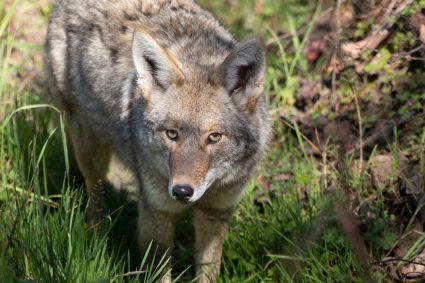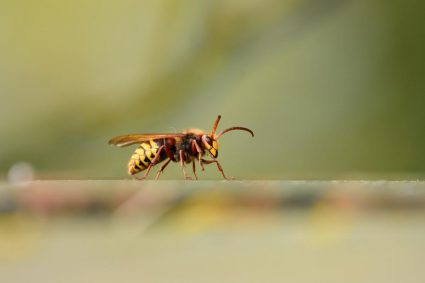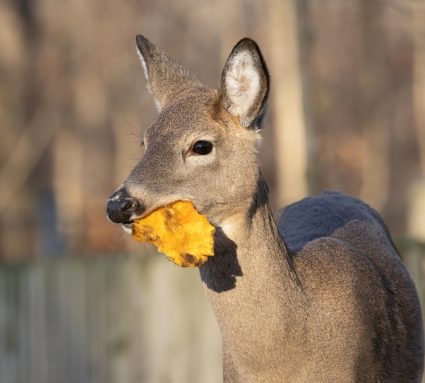
Raccoons, known for their distinctive black mask and ringed tail, are highly adaptable creatures capable of thriving in various environments. They are often found in urban, suburban, and rural areas, with their presence often leading to conflicts due to their scavenging habits and search for shelter. To understand why raccoons may be attracted to your property, it is vital to understand their behaviors, habitats, and what primarily attracts them.
Raccoons are attracted to accessible food sources like fruits, vegetables, nuts, seeds, eggs, and unsecured trash bins. They are also drawn to water sources, comfortable shelter, gardens, fruit trees, and dark, quiet areas. Human activity, providing abundant food and shelter, and the mating season, also significantly attract raccoons. To deter them, it’s important to secure these attractants.
Accessible Food Sources
Raccoons are opportunistic feeders and will eat a wide range of foods. They are attracted to fruits, vegetables, nuts, seeds, insects, eggs, and, unfortunately for many homeowners, unsecured trash bins.
Raccoons have a keen sense of smell, which is approximately 100 times more sensitive than that of humans. This acute sense of smell enables them to locate various food sources, even from a distance. They are attracted to strong odors, which often lead them to human settlements in search of food.
In urban and suburban areas, raccoons are particularly attracted to pet food, birdseed, and unsecured trash bins. These areas provide abundant food sources, making them a hotspot for these animals.
Water Sources
Raccoons need water for survival and are often found near water sources. These may include decorative fountains, ponds, puddles, leaky pipes, and pet water dishes. Their strong swimming skills and their attraction to food found in water, such as crayfish, frogs, fish, snails, and clams, can often lead them to invade backyard ponds or pools.
Shelter
Raccoons look for safe and comfortable places to build their dens. These can be found in attics, crawlspaces, chimneys, and hollow trees. They may also be attracted to hiding spots in your yard, like dense shrubbery, woodpiles, or under decks and porches.
In urban and suburban environments, raccoons often take advantage of the shelter provided by humans. They find suitable dwelling areas in cities, including green spaces, attics, crawl spaces, wall voids, garages, and outdoor structures like sheds and storage units.
Gardens and Fruit Trees
Raccoons are attracted to gardens with vegetables like strawberries, corn, peas, and tomatoes. They are also drawn to fruit trees with low-hanging or fallen fruits. Their dexterous front paws allow them to pick fruits and manipulate food in ways that other animals can’t.
Darkness
As nocturnal animals, raccoons prefer dark, quiet areas to hide and rest. They are more active during the night when they leave their dens in search of food.
Human Activity
Human activity influences what attracts raccoons by providing abundant food sources, shelter, and stable environments. This has led to raccoons adapting well to urban and suburban areas, often leading to nuisance problems and increased raccoon populations in these environments.
Mating Season
Raccoons typically mate during springtime, with peak mating season occurring between March and April. During this period, male raccoons wander tirelessly in search of females, and when they find a receptive female, they engage in foreplay and copulation.
Final Thoughts
Understanding what attracts raccoons can help in managing their presence and preventing potential conflicts. To deter raccoons from your property, it’s essential to eliminate or secure these attractants. This may include securing trash bins, removing pet food and birdseed at night, sealing entry points to your home, and maintaining your yard to minimize hiding spots.
Raccoons are intelligent and curious creatures that have adapted well to various environments. While their presence can sometimes lead to conflicts, understanding their behaviors and attractions can go a long way in cohabiting peacefully with these interesting animals.
Frequently Asked Questions
What time of the day are raccoons most active?
Raccoons are nocturnal creatures, meaning they are most active during the night. They usually leave their dens in the late evening to search for food and return to their dens before sunrise.
How can I deter raccoons from my property?
There are several ways to deter raccoons from your property. These include securing your trash bins with a lid or a bungee cord, removing pet food and birdseed at night, sealing entry points to your home, and maintaining your yard to minimize hiding spots. You can also install motion-activated lights or sprinklers, as raccoons tend to avoid well-lit areas.
Are raccoons dangerous?
While raccoons are not typically aggressive, they can become defensive if cornered or if they feel their young are threatened. They can bite or scratch, and they are known carriers of various diseases, including rabies. Therefore, it’s always a good idea to keep a safe distance and avoid direct contact with raccoons.
What should I do if I find a raccoon in my attic or garage?
If you find a raccoon in your attic or garage, it’s best to contact a professional wildlife removal service. They have the necessary training and equipment to safely and humanely remove the raccoon.
Can raccoons climb trees and fences?
Yes, raccoons are excellent climbers. They can easily climb trees, fences, and even the side of buildings. Their sharp claws and dexterous front paws allow them to grip and climb various surfaces with ease.












